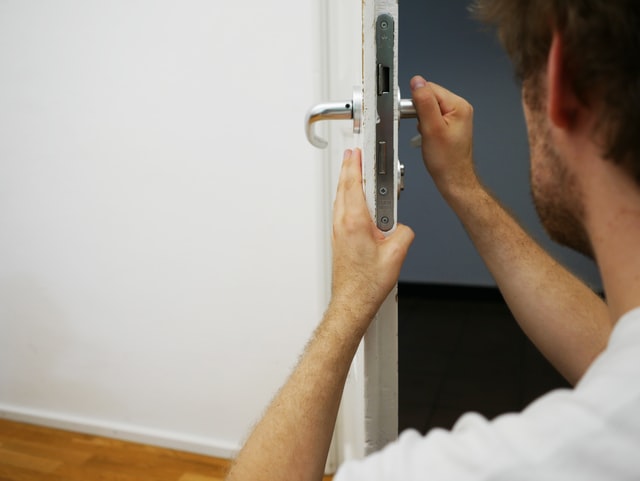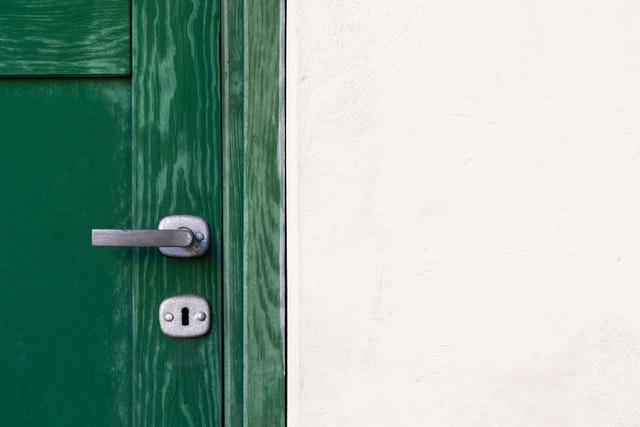Anatomy of a Door Lock: How Does it Work?
Posted by Richard Schoech on Sep 27, 2021

Every day, we open and close doors without giving a second thought to how the door locks we rely on to secure our homes, offices, and other property work. But the lock is actually a complex mechanism with different parts that work together to keep the door securely closed. Door locks are the only physical barrier between an intruder and your home, and locking your doors is essential for personal security as well as preventing theft or unauthorized access to your property.
If you’ve ever wondered about the anatomy of a door lock, it's important to understand how locks work so you can better secure your home with peace of mind.
First Things First: Mechanical or Electronic Locks
Before we get to answer the important question: how does a door lock work, we're going to look at the two different types of locks available.
- Mechanical Locks — Mechanical locks, or traditional locks like deadbolts, work by using a key to physically turn the lock or latch, which is located on the door frame. The catch pin (or bolt) will be lifted out of its slot and allow you to open the door. These types of locks are the most common and are less expensive than electronic locks.
- Electronic Locks — Electronic locks use a combination of a key and a code. These locks are more expensive but offer increased security because the interior components cannot be accessed by someone who doesn't have the right key or code. They're perfect for anyone who wants to upgrade their security system without having to replace the entire door.
While both types have their benefits and disadvantages, if you're looking for increased security or you need to be able to grant people temporary access, an electronic lock will serve your needs best. Mechanical locks, especially deadbolts, are extremely difficult to circumvent.
The Anatomy of a Door Lock
Every door lock comprises internal and external components. The internal components are the lock and latch, while external parts include the door handle. Together, they make opening or closing a locked door possible. External parts come in different finishes and styles like door knobs, door levers, and handlesets, which are what most people touch daily and use to open or close a lock.
The other external part of a door lock that can be seen from the outside is the strike plate. This component provides both an aesthetic finish as well as an extra measure of security by preventing someone from kicking the door open. To understand the anatomy of a door lock, we're going to be focusing more on the internal components. So, how does a door lock work?
Parts of a Door Lock

1. The Lock Body or Lock Cylinder
The lock cylinder or lock body is the core of any door lock. It is the part that allows you to unlock and lock your door. The cylinder is usually a metal, cylindrical-shaped object with one or more pins on it. These pins are lined up in a row inside the cylinder's body and can be pushed back by inserting an appropriate key into the keyhole of the lock when turned clockwise (to unlock) or counter-clockwise (to lock).
The cylinder has an opening on one side and it's mounted into position on top of the door, so you can't see what pins are inside when looking from the outside. The lock body is often made of high-quality steel, brass, or aluminum to ensure it can withstand the elements and any force that may be applied to it.
2. The Bolt and Latch
The door bolt or latch is another key part when it comes to understanding the anatomy of a door lock. This is the part that actually secures the lock into place and prevents it from being opened. The latch can be found on either side of a pair of doors, as well as one for each door. If there are multiple locks or latches on a single set of doors, they will operate in pairs — one to secure both sides while the other secures the door on the opposite side.
The latch is typically held in place by a spring and can be released to allow access through the doors when it is unlocked. However, if someone tries to force their way through or pry open a locked door with any sort of tool, this could cause damage that requires repair or replacement of the door lock or latch.
3. The Box and Strike Plate
To understand the anatomy of a door lock, you should also know about the box and strike plate, which create a secure location for the door bolt or latch. The box is the metal component that surrounds the door lock. It has a set of hinges on one side and a latch or bolt on the other which faces outwards. The strike plate is an L-shaped piece of steel, usually made with thick gauge steel (a thin layer would be easily cut through), riveted onto another piece of metal.
The strike plate is usually located at the edge or surface of the door frame where it would be banged with a heavy object if someone wanted to break in through the doorway, such as a hammer. A lockbox may have one spring-type latch on each side; two springs hold the bolt securely to ensure that only one key can release the bolt at one time.
Learn More at Door Locks Direct
How does a door lock work? Understanding the anatomy of a door lock is important if you want to know how it works. Want to learn more? Get in touch with Door Locks Direct. We know door hardware and have the knowledge and expertise to handle any of your door lock needs. Shop our selection of top-brand door hardware for your home or business.
